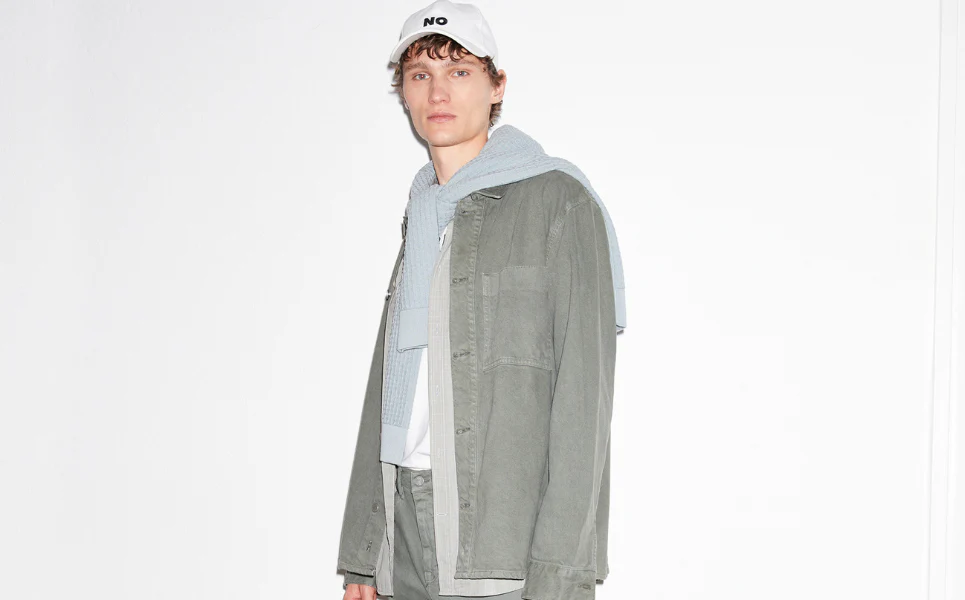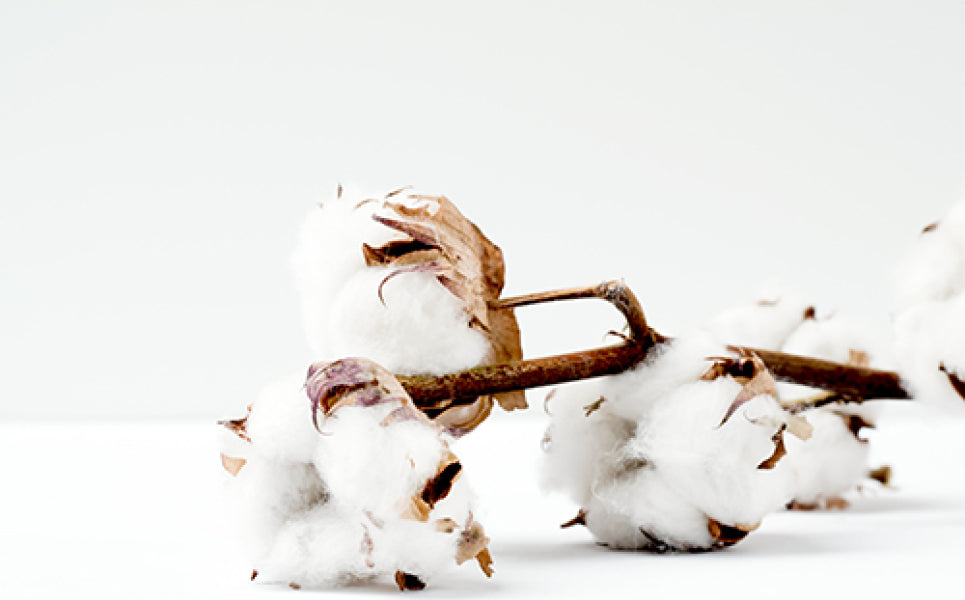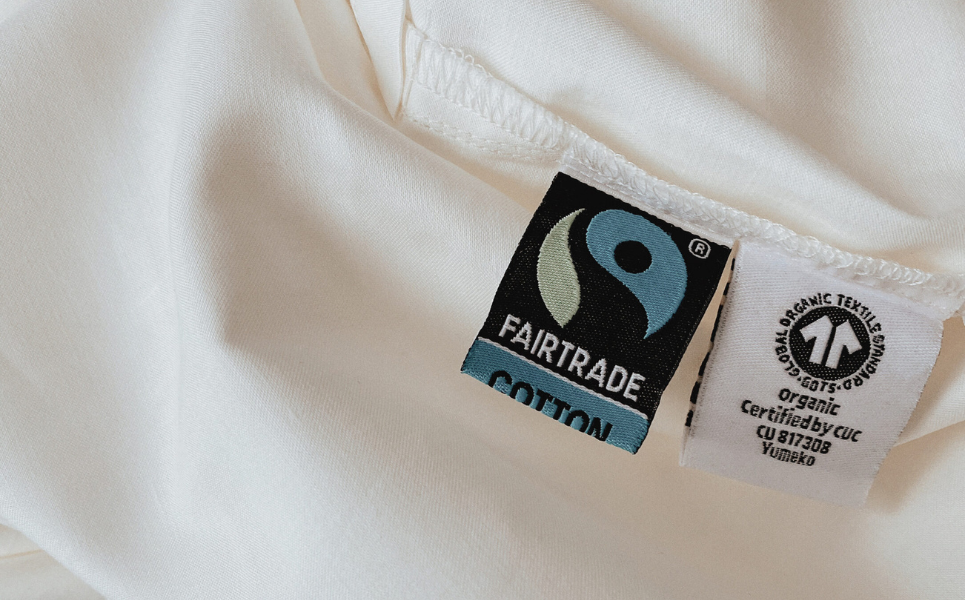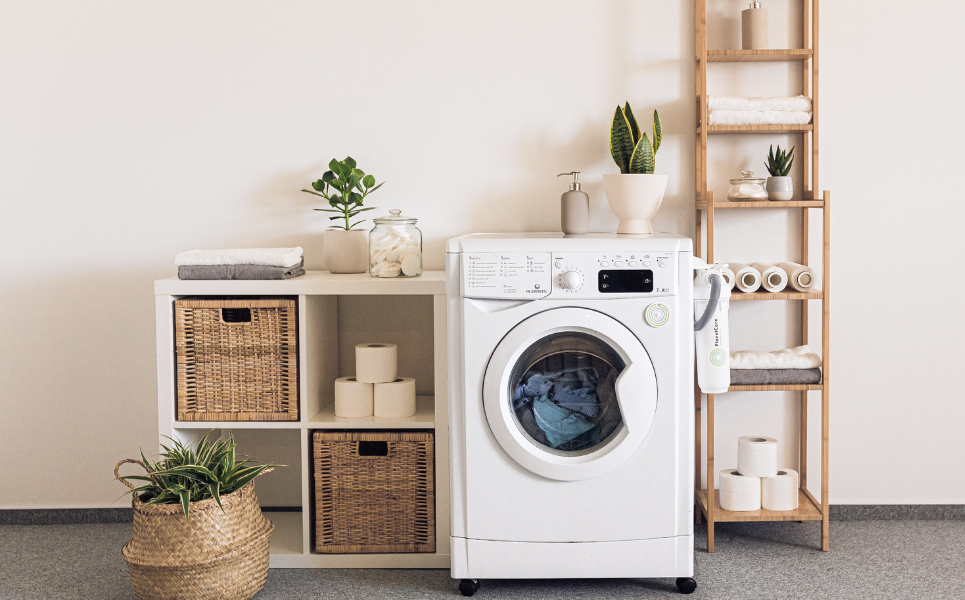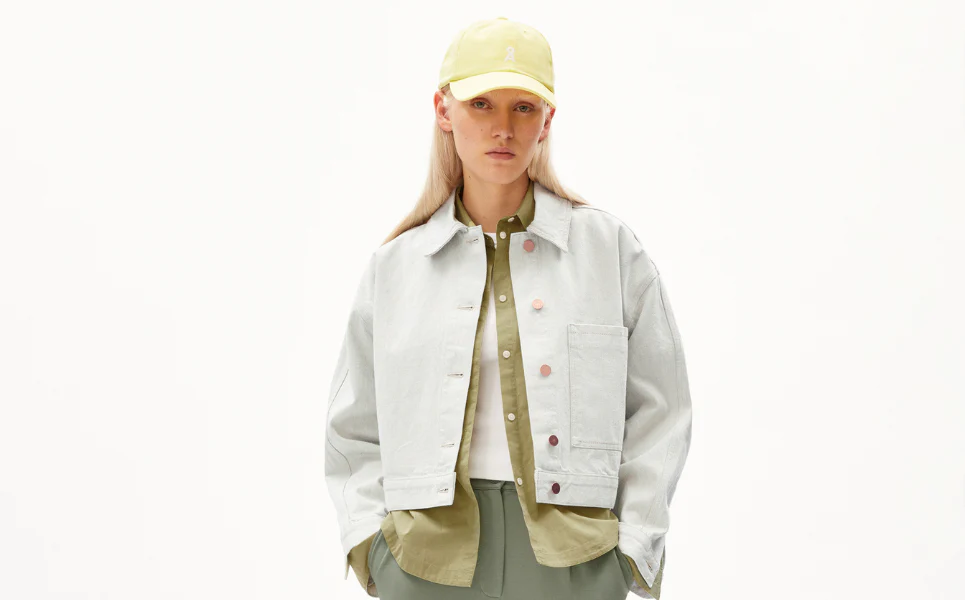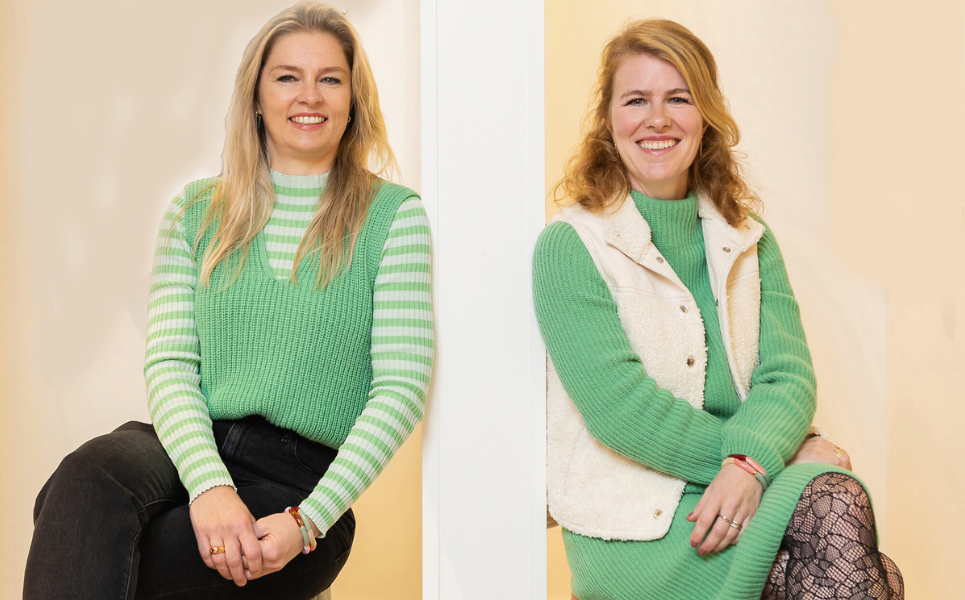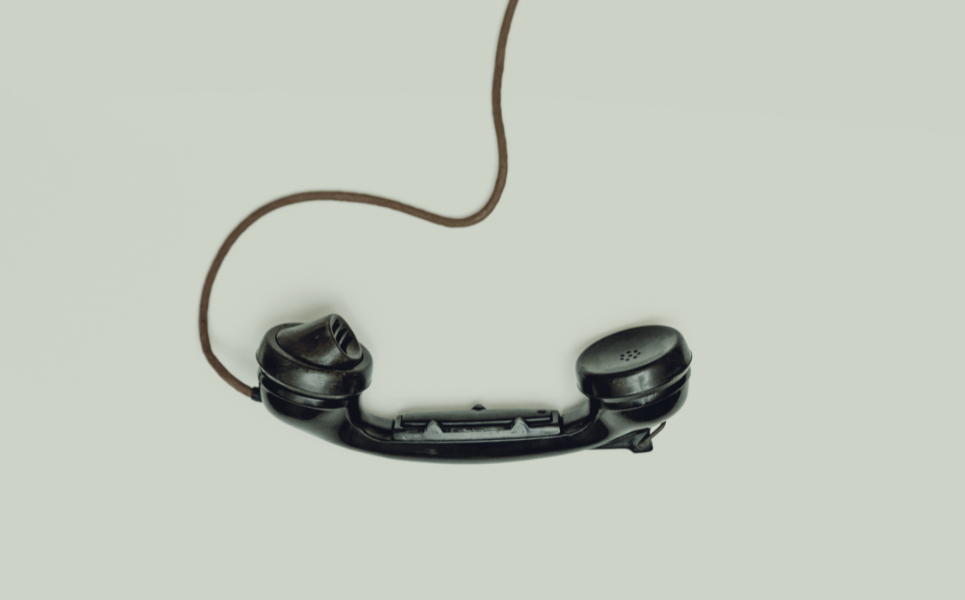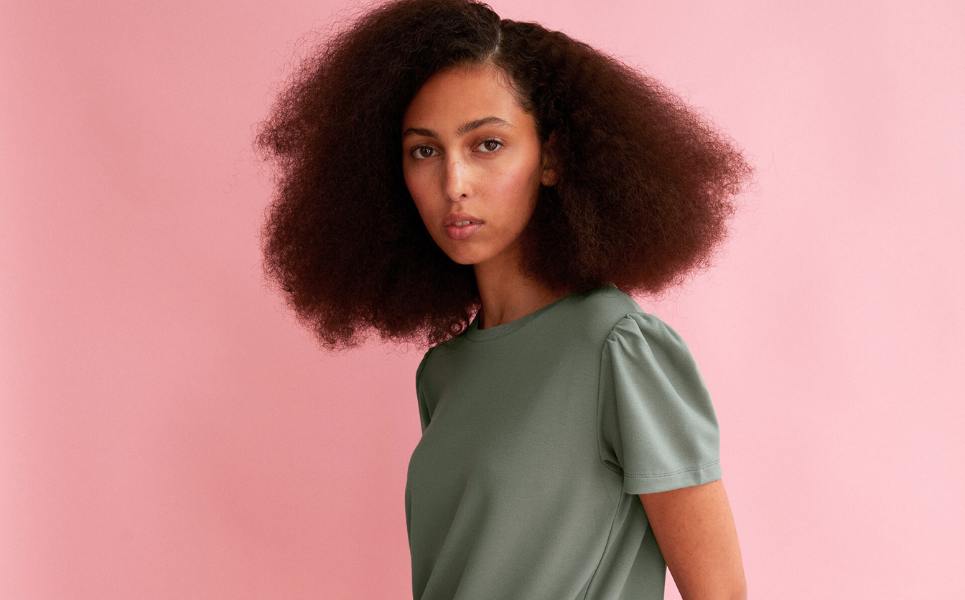In our earlier blog article on Fast Fashion you can read a number of reasons why you really should stop choosing Fast Fashion. Hopefully it has inspired you to stop buying Fast Fashion and instead consciously choose Slow Fashion. Slow Fashion has many advantages and takes people and nature into account. But what exactly are these advantages? You can read in this blog.

What is Slow Fashion?
When can you call clothing Slow Fashion? Slow Fashion literally means "slow fashion" and encompasses several aspects. This involves slowing down the fashion system as opposed to Fast Fashion where everything has to be faster (and cheaper) all the time. With this, there is conscious thought about the clothes being made. As a buyer of Slow Fashion, you often think more consciously about the clothes you buy and only buy clothes you really need.
More and more fine sustainable clothing brands are emerging. Unfortunately, there are also many companies that falsely call themselves "sustainable. Therefore, it is important to always take a critical look at the clothes you buy and see if this company is truly sustainable. This can sometimes be tricky, which is why Sophie Stone has already done this research for you! At Sophie Stone you will only find truly sustainable brands.


More attention to clothing
Slow Fashion clothing is often given a lot of attention. So no factories with mass production and poor working conditions, but small-scale factories where employees are treated well and given time to pay sufficient attention to production. Also, Slow Fashion brands are often transparent so this way you can easily find out where your garments come from.
For example, the sustainable brand Jan 'n June has a QR code on every card of its clothing that leads to the ECO ID, the passport of your garment. Here you can find the entire supply chain of the garment and details every step of the process. From the origin of the raw material to the final production. This allows you to track exactly where your garment came from. Clothing also improves in quality due to accuracy. Care is taken to ensure that each item in the collection is well put together, making the garment last longer. This also means that there is a lot more time in the production of Slow Fashion clothing.
So says the sustainable sneaker brand Veja for example, that the production time of its Veja shoes is 5 times longer than shoes from major Fast Fashion brands. This is partly because they use fair trade and organic fabrics, because they are more economically equitable for all parties involved in the production chain, and because they invest in research and new technologies.


Slow Fashion is timeless clothing
A big advantage of Slow Fashion is that the clothes are timeless. No clothes that are out of fashion after one season but clothes that last for years. If you look at Fast Fashion you see that the clothing lasts a short time and ends up being worn very little. It has been found that sometimes these clothes are only worn a maximum of 7 times! In contrast, Slow Fashion lasts for years and has been proven to be worn even 50 times longer and more often than Fast Fashion clothing.
Similarly, two trillion tights are made every year, worn a few times and then thrown away. Sustainable brand Swedish Stockings believes this can be done differently and makes sustainable tights that last much longer and are also better for the environment.
So in the end, it is actually a lot more economical to choose sustainable clothing. Slow Fashion items are more timeless and generally more basic. This ensures that they are easy to combine and thus you grab them out of the closet faster. However, this does not mean that the design process is faster and easier. On the contrary, often much more attention is paid to the design process.
For example, the People Tree sustainable brand's design process begins more than a year before the products become available to customers. That is also more than four months before Fast Fashion companies begin the design process. So this ensures that better thought is given to the choices made in the design process.


Fair trade clothing
Slow Fashion is made in a fair way that takes into account people and nature. The workers who work in the factories that produce Fast Fashion clothing are paid far too little. The percentage that goes to the workers per garment is around 2.5%. So for a shirt of 30, that comes down to 0.75 euros.
The sustainable brand Armedangels shows in their annual social report that the percentage that goes to the workers is much higher. They have shown this per production country and for a T-shirt made in Portugal, for example, this percentage is no less than 44%. That is considerably higher than the previously mentioned 2.5%, which is a lot fairer.
Many Slow Fashion brands are also affiliated with a certain label in order to prove that they are truly sustainable. You can read more about these labels here. So plenty of reasons to choose sustainable and fair Slow Fashion clothing.



